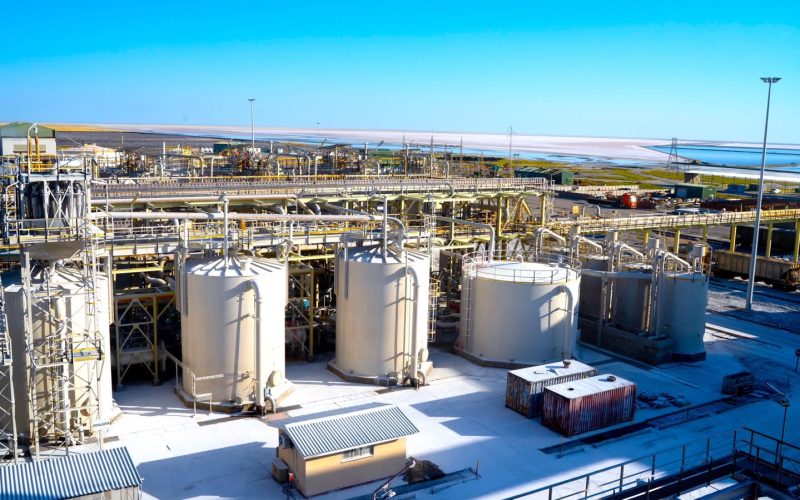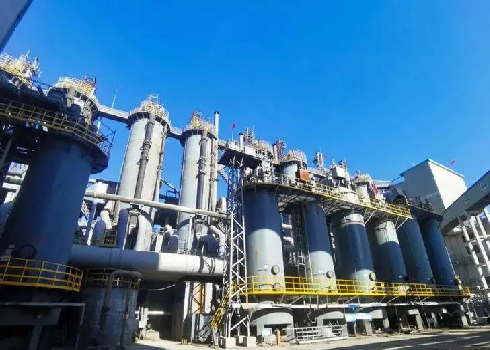Sodium Bicarbonate in Water Treatment: A Comprehensive Guide for Professionals
Commonly known as baking soda, sodium bicarbonate is a household staple that transforms into a versatile industrial chemical in water treatment applications. For engineers and plant managers in the water treatment sector, understanding the multifaceted uses of high-purity NaHCO₃ is crucial for optimizing processes and reducing operational costs. This comprehensive guide examines the science, applications, and best practices for using this indispensable compound in modern water management.
1.Key Advantages of Sodium Bicarbonate: Why It’s a Wise Choice?
Before exploring specific applications, it’s essential to understand the inherent properties that make sodium bicarbonate superior to other alkaline chemicals.
1.1 Excellent Buffering Capability
Unlike caustic soda (sodium hydroxide), which causes sharp pH spikes, sodium bicarbonate acts as a natural buffer. It neutralizes acidity controllably, raising pH steadily toward a stable equilibrium around 8.3. This buffering action prevents “pH overshoot,” ensuring process stability and protecting sensitive downstream equipment like Reverse Osmosis membranes.
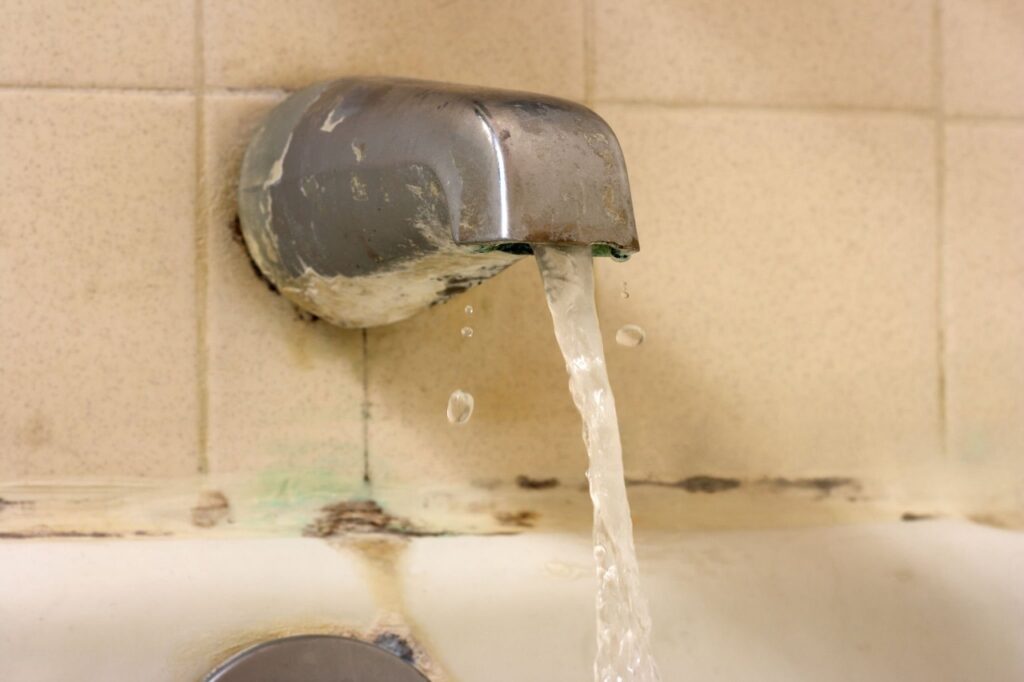

1.2 Unparalleled Safety Profile
Safety is paramount in industrial settings. Sodium bicarbonate is non-corrosive, non-toxic, and non-flammable. These characteristics simplify storage, handling, and transportation, reducing risks associated with strong acids and alkalis. The lower hazard potential minimizes needs for extensive protective equipment and specialized containment systems.
1.3 Efficient Multifunctionality
This versatile compound offers multiple solutions from a single source. Sodium bicarbonate serves not only as a primary pH adjuster but also functions as a coagulant aid, a reagent for heavy metal precipitation, and a conditioning agent for boiler feedwater. This multifunctionality can streamline chemical inventory and lower overall treatment costs.
2. In-Depth Analysis: Sodium Bicarbonate Specific Use Cases
2.1 pH Regulation and Corrosion Control
Chemical Principle
The fundamental reaction is straightforward:
NaHCO₃ + H⁺ → Na⁺ + CO₂ + H₂O
This shows direct neutralization of acidic hydrogen ions.
Application Examples
Municipal Drinking Water: Neutralizing slightly acidic source water prevents corrosion in distribution pipelines, which can leach dangerous heavy metals into the water supply.
Industrial Wastewater: Treating acidic effluent from metal finishing, chemical manufacturing, and flue gas desulfurization ensures compliance with environmental regulations.
Core Value: Sodium bicarbonate provides a safe, stable, and controllable method for regulatory compliance and infrastructure protection.
2.2 As a Coagulant Aid to Improve Flocculation
Chemical Principle: Primary coagulants like aluminum sulfate require sufficient alkalinity to form proper “floc” particles. Baking soda provides the necessary alkalinity instantly:
Al₂(SO₄)₃ + 6NaHCO₃ → 2Al(OH)₃ (floc) + 3Na₂SO₄ + 6CO₂
Application Examples: In water with low natural alkalinity, adding sodium bicarbonate before or with alum promotes dense, heavy floc that settles rapidly, improving turbidity and color removal.
Core Value: Optimizes coagulation efficiency, often reducing primary coagulant dosage and producing clearer effluent.
2.3 Efficient Precipitation and Removal of Heavy Metals

Chemical Principle: Sodium bicarbonate raises pH and provides carbonate ions, leading to precipitation of heavy metals as insoluble carbonates and hydroxides.
Application Examples: Critical for treating wastewater from electroplating, mining, and battery manufacturing industries facing strict discharge limits.
Core Value: A cost-effective and reliable method for achieving regulatory compliance for toxic metals.
2.4 Boiler Feedwater Treatment
Chemical Principle: In boiler systems, dissolved CO₂ forms corrosive carbonic acid. Sodium bicarbonate helps maintain a mildly alkaline environment, neutralizing this acid.
Application Examples: Used as an adjunct treatment in industrial boiler systems to minimize corrosion.
Core Value: Prevents costly corrosion damage in critical industrial heating systems.
3. Professional Guide: Practical Operations and Technical Considerations
To maximize sodium bicarbonate benefits, correct application is key.
3.1 Methods of Administration
Dry Feed: Suitable for large-scale applications with dry chemical feeders, requiring dust control.
Wet Feed (Slurry): Typically preferred. The powder dissolves easily in water (approx. 9% at 20°C) for precise metering and uniform distribution.
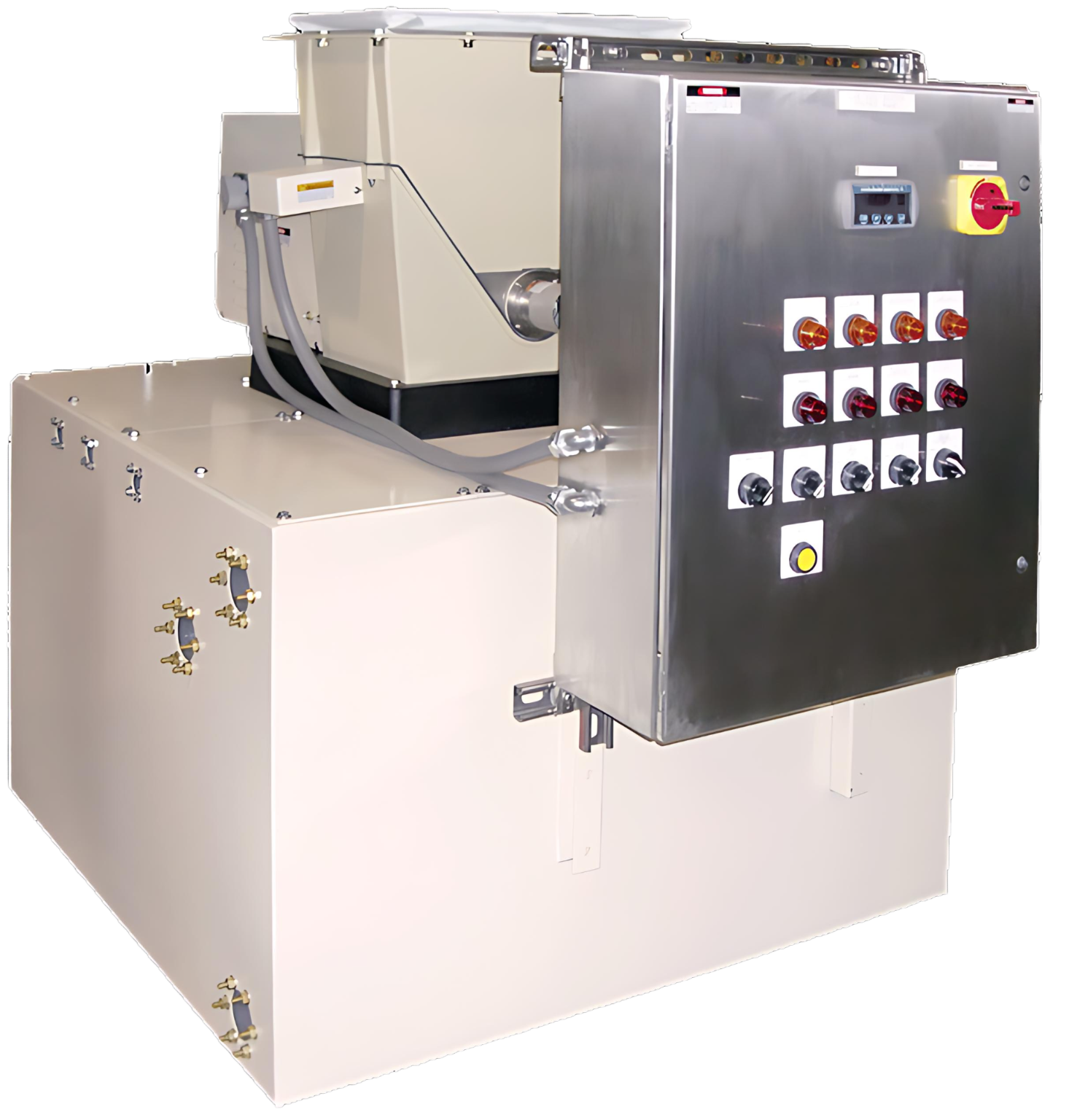
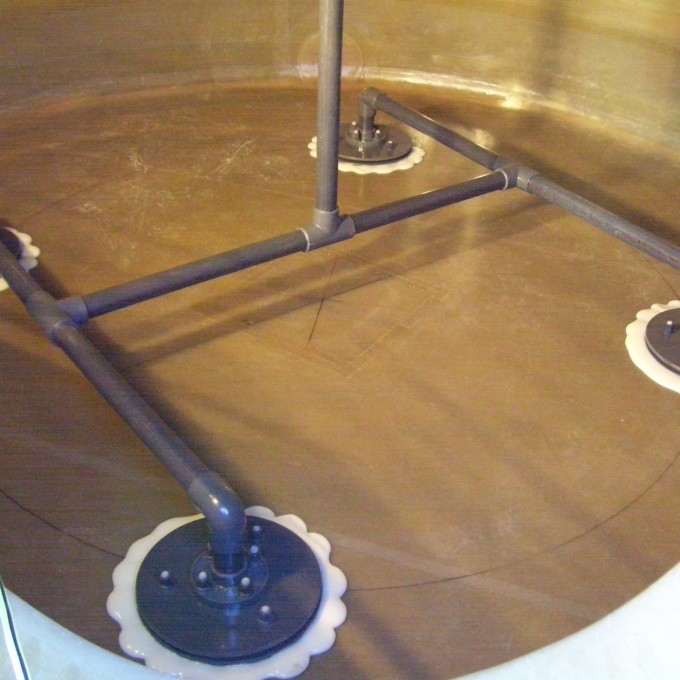
3.2 Dosage Calculation (Example)
A simplified estimation for pH adjustment:
Required Dosage (mg/L) = (Target Alkalinity – Initial Alkalinity) * (84 / 50)
Where 84 is NaHCO₃’s molecular weight and 50 is CaCO₃’s equivalent weight.
Note: Consult our technical team for calculations tailored to your water chemistry.
3.3 Compatibility and Precautions
Sodium bicarbonate is generally compatible with common water treatment chemicals. Note that acid-neutralization produces CO₂; in closed systems, venting may be necessary.
4. Choosing a Partner, Not Just a Supplier
Water treatment efficacy depends fundamentally on sodium bicarbonate quality and consistency.
Purity is Crucial: Low impurity levels, especially chlorides and heavy metals, prevent membrane fouling and ensure final water quality.
Consistency of Granulometry: Consistent particle size ensures predictable dissolution and accurate dosing.


Our Commitment at YRC
As a direct manufacturer, YRC guarantees reliable supply of high-purity, consistent-grade sodium bicarbonate tailored for industrial water treatment, backed by comprehensive technical documentation
5. Conclusion: Your Strategic Water Treatment Solution
Sodium bicarbonate is far more than a simple pH adjuster; it’s a strategic asset for safe, efficient water management. Its unique buffering capability, safety profile, and multifunctional nature make it an intelligent choice for forward-thinking professionals.
Ready to Optimize Your Water Treatment Process?
Contact our technical experts at YRC today for a free consultation on your specific application. We provide customized sodium bicarbonate dosage recommendations and product selection support for optimal results.

